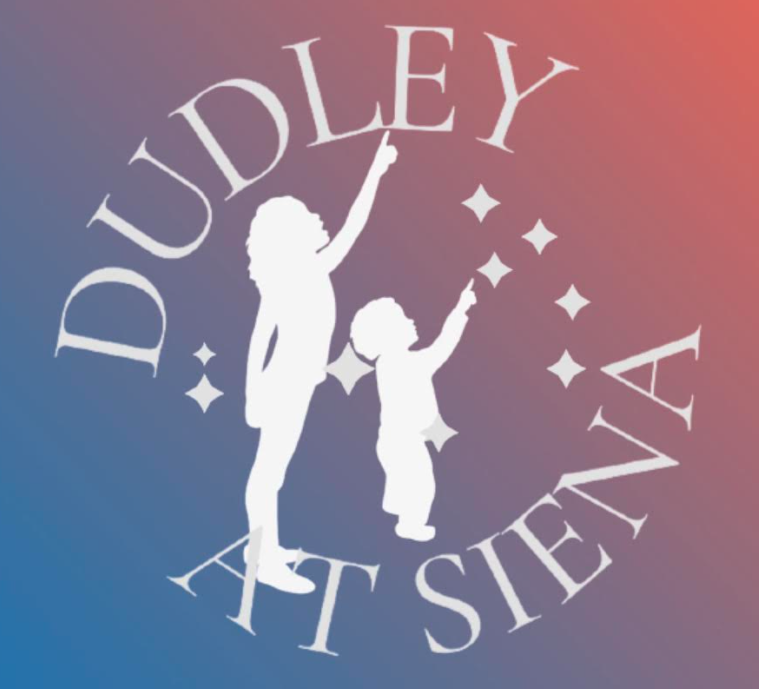Skywatch Line for Friday, July 25, through Sunday, July 27, written by Sam Salem
This is Dudley Observatory’s Skywatch Line for Friday, July 25, through Sunday, July 27, written by Sam Salem.
On Friday, Sun rises at 5:40am and sets at 8:23pm; Moon rises at 6:18am and sets at 9:16pm.
On Saturday, the thin waxing crescent Moon will lie low above the western horizon soon after sunset. It’ll sit close to the bright star Regulus, in the constellation Leo.
On Sunday evening, the waxing crescent Moon will hang between Regulus and Mars. Use the crescent Moon to guide you to Mars and Denebola, Leo’s tail-tip, in the fading twilight.
Venus, at magnitude –4.0, rises above the east-northeast horizon about an hour before dawn. Venus climbs higher until sky is bright. In a telescope, Venus’s shrinking globe is a gibbous, 15 arcseconds pole to pole and 73% sunlit.
Mars, magnitude 1.5 at the border of Leo and Virgo, glows low in the west in late twilight and sets soon after dark. Upper right of Mars by about 10° is Denebola.
Jupiter, magnitude –1.9, rises around the beginning of dawn. It sits two fists lower left of Venus.
Saturn, magnitude +0.9 in the constellation of Pisces, rises around 11 pm. Use a telescope to view Saturn just before dawn. This is when the planet is near its highest altitude in the south. Saturn’s rings are almost edge-on this year. The rings and their shadow form a thin black line along Saturn’s equator.
Uranus, magnitude 5.8 in Taurus near the Pleiades, hides deep in the east just before dawn.
Neptune, at magnitude 7.9, lies 1° above Saturn before dawn begins. Use a finder chart to locate Neptune with respect to Saturn
Arcturus, in constellation Boötes the Herdman, moves down the western side of the evening sky. Identify it by its pale ginger-ale tint. Arcturus forms the bottom point of the Kite of Boötes. The Kite extends upper right from Arcturus by 23°, about two fists at arm’s length. The lower right side of the kite is dented inward.
In late July and early August, look for Orion the Hunter, eastward before dawn. Orion is one of the sky’s most easy-to-spot constellations. By June, Orion is gone from our sky. By late July and early August Orion returns, ascending once more in the east before sunrise. That’s why Orion has been called the ghost of the shimmering summer dawn. The Hunter rises on his side, with his three Belt stars, Mintaka, Alnitak and Alnilam, pointing upward.
